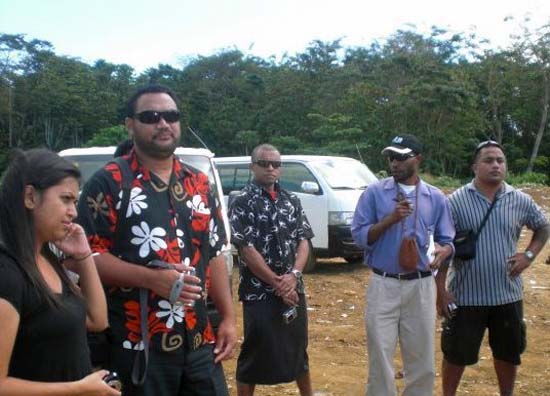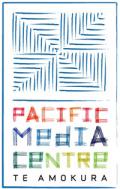
FIJI >> Fiji National University
>> University of the South Pacific
NZ >> AUT University (Pacific J-studies)
>> Other NZ J-schools
PNG >> Divine Word University
>> University of PNG
SAMOA >> National University of Samoa
SOLOMON ISLANDS >> Solomon Islands College for Higher Education
TONGA >> Tonga Institute for Higher Education
VANUATU >> Vanuatu Institute of Technology
*** PACMAS
Samoa was explored by the Dutch and French traders in the 18th century. Toward the end of the 19th century, conflicting interests between the United States, Britain, and Germany resulted in an 1899 treaty that recognised the paramount interests of the United States in those islands west of 171°W (American Samoa) and Germany's interests in the other islands (Western Samoa).
New Zealand seized Western Samoa from Germany in 1914, and in 1946 it became a UN Trust Territory administered by New Zealand, gaining independence in 1962.
Barraged frequently by cyclones that have wreaked havoc on the country's primarily agrarian economy, Samoa has begun boosting its tourism industry.
A referendum in 1990 gave women the right to vote for the first time. In 1997, a new constitutional amendment changed the country's name to Samoa.
The National University of Samoa (Le Iunivesite Aoao o Samoa) was established in 1984 by an Act of Parliament. The University provides certificate, diploma, and undergraduate degree programmes, as well as technical and vocational training. It has more than 2000 students and an estimated staff of 300.
Official Name: Samoa
Political System: Parliamentary representative democracy coexisting with the fa'omatai chiefly system
Capital City: Apia
Languages: Samoan, English
Currency: Tala
Religion: Congregationalist, Roman Catholic, Methodist, other Christian
Land area: 1,100 sq mi (2,849 sq km); total area: 1,137 sq mi (2,944 sq km)
Country profile
Google Map
National University of Samoa



